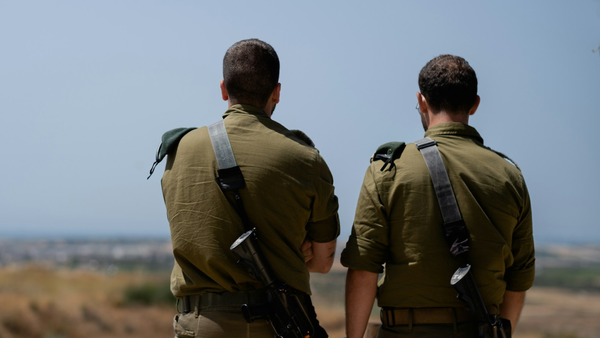
Clare Hammond began her career as a journalist covering the financial markets in Hong Kong, before moving to Myanmar. From 2014 to 2020, she worked freelance for various news outlets and as digital editor of Frontier, a Yangon-based magazine of investigative reporting. Her work covering the country’s many civil conflicts, and exposing corruption in the handling of its natural resources, obliged her to travel to parts of the country closed to tourists. She discovered a map of “shadow tracks”, railway lines that the military junta of Than Shwe (1992-2011) built using forced labour, under laws created by British colonials. Although some were less than 20 years old, many of the tracks were already falling into disrepair.
“The country’s dilapidated railways were beginning to capture my attention,” she writes of her first months in the country. “Within a year, I would find myself embarking on a 3,000-mile journey, by train, to the far reaches of Myanmar, to discover how the country had been shaped by these tracks.” For Hammond these barely used railway lines were symbolic of Myanmar’s history of haphazard, corrupt government, and provided her with a narrative structure to begin to make sense of its history. “In a country where rumours routinely assume the power of facts, [the railways] were a rare historical text that could not be easily erased.”
Under Than Shwe there were two phases of railway construction. “The first, in the 1990s, was attended by brutality and the widespread use of forced labour. The second phase, which began in the early 00s, after international scrutiny had mostly brought the practice of forced labour to an end, was characterised by corruption.” She meets families whose relatives were killed during the first phase (“Forced labour was a common scenario for all people in Myanmar,” one tells her), and others whose fields and livelihoods had been ruined by flooding caused by poor engineering. “For the last one hundred years there was flooding every year of just one foot,” she is told. “Last year, the floods were six or seven feet high.” Sidings and foundations were poorly constructed, blocking the flow of water into the Irrawaddy delta, and the poverty of the local people meant that sleepers and rubble were often stolen.
The period covered by On the Shadow Tracks was one of convulsive change in the country – in 2010 Aung San Suu Kyi had been released from house arrest and by 2015, as Hammond’s journey begins, she was in power. Only two-thirds of Myanmar’s 55 million people are ethnic Burmese, and Hammond meets many of the other ethnic groups: Pa-O in the Shan states and Dawei on the Andaman Sea, Karenni on the frontier with Thailand and Kachin on the borderlands with China – disparate peoples, united in their disappointment at the failings of Aung San Suu Kyi’s government.
In Rakhine, on the borders with Bangladesh, a Burmese man corrects her when she asks about the brutal oppression of the Rohingya people. “‘Rohingya is not their name,’ Than Myint spat. ‘They called themselves Bengali until recent years. There are pro-Pakistan terrorists in Bangladesh, who use these Bengalis as their tools.’” A Muslim guide, Anwar, shows her around the refugee camps. “Can you imagine? Before 2012, we all lived together,” he tells her. Of Aung San Suu Kyi he adds: “She said so many good things in her speeches, and I thought she would identify a durable solution for our Rohingya people. After she won the election, she accepted so much money from foreign governments, and what did she do with it? Supporting her father’s army, buying more weapons, killing her people.”
Hammond doesn’t dig into the details of why the military has maintained such a grip over Myanmar, but is content to give voice to the people most affected by decades of brutality and mismanagement. It’s an old story, of elites securing immunity from accountability at the expense of national prosperity, but Hammond’s book gives the story new context. “The truth, though, was that Than Shwe was not exceptional,” Hammond writes. “He and his generals had been corrupt, and incompetent, and they had carried out atrocities with shocking callousness. But there was no mystery about what they had done.”
On the Shadow Tracks transports the reader to a part of the world too often veiled. Hammond reveals Myanmar as another conflict zone like Kashmir, Sudan and Palestine where present-day violence has roots in the manner with which Britain conducted its empire, then hastily abandoned it. At one tourist resort, approved by the generals and frequented by Europeans, Hammond describes a “dreamy world of temple bells and floating monasteries”. Yet the reality revealed by her journey is very different – of ceaseless conflict and a struggle for control of the country’s future that is intensifying. “But as the international community fails them, people across Myanmar continue to fight,” Hammond concludes. “Nothing about their struggle is easy: Myanmar is a traumatised society and it is once again permeated by fear.” According to the UN, since the latest military coup in February 2021, Myanmar’s rulers have spent $1bn on imports of arms and equipment for use against their own people.
Gavin Francis is a doctor and prize-winning author. His next book, The Bridge Between Worlds, will be published in September (Canongate)
• On the Shadow Tracks: A Journey Through Occupied Myanmar by Clare Hammond is published by Allen Lane (£25). To support the Guardian and Observer order your copy at guardianbookshop.com. Delivery charges may apply







